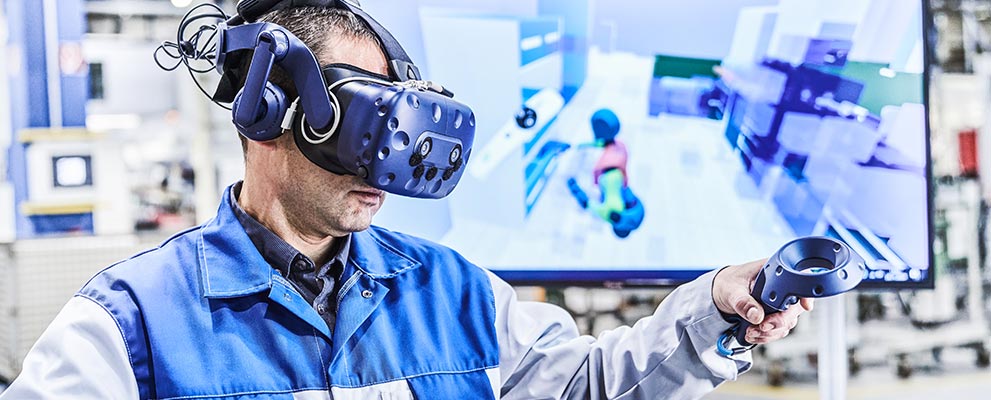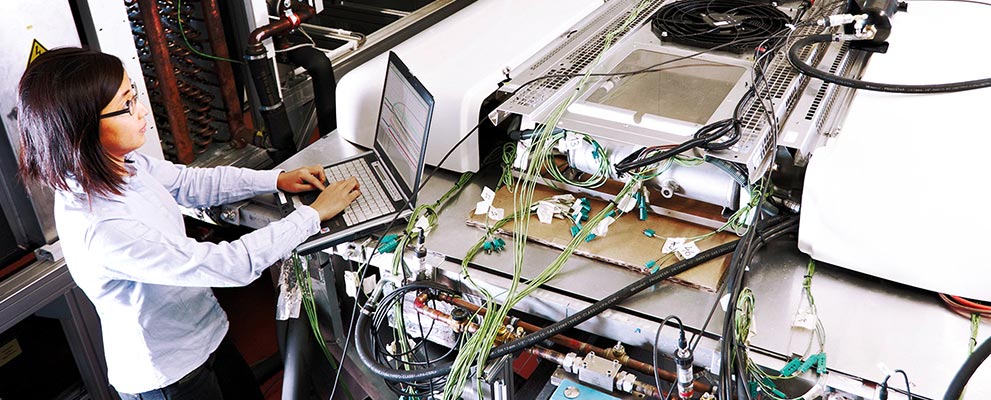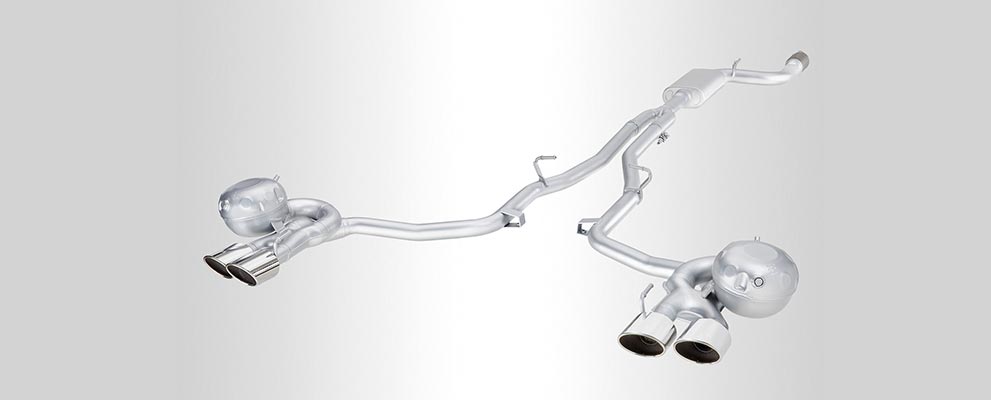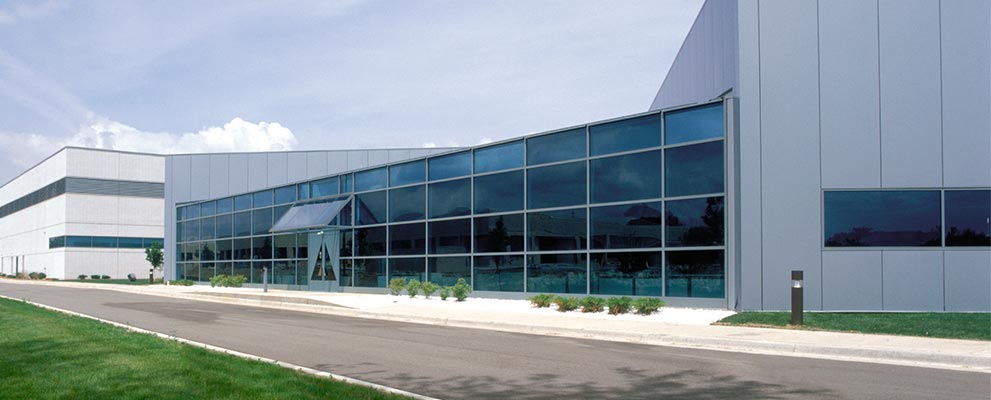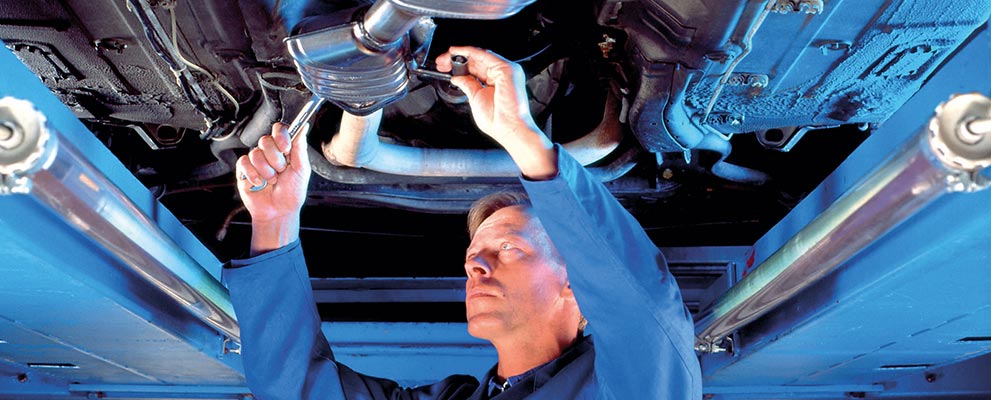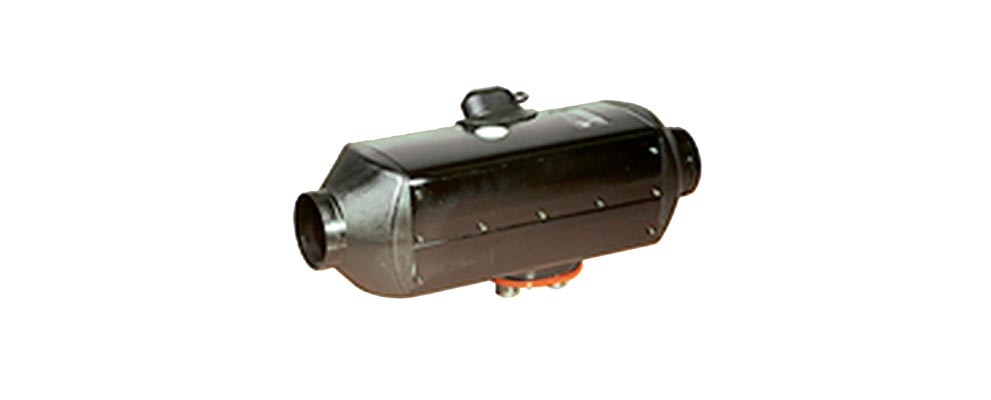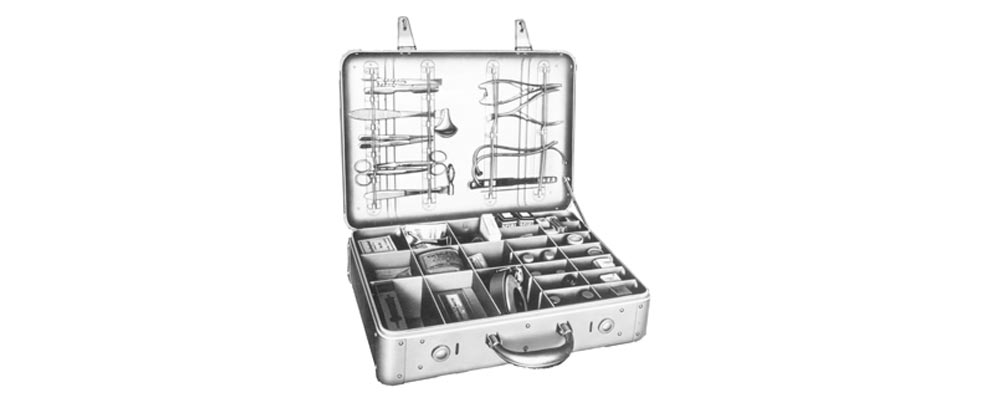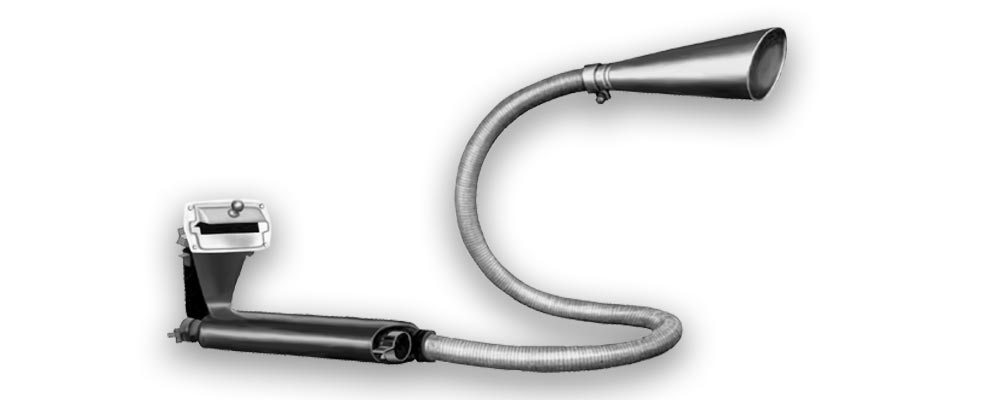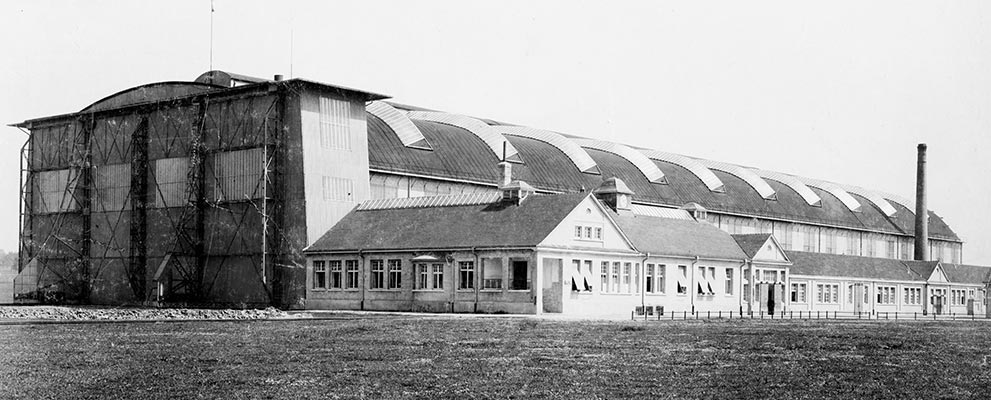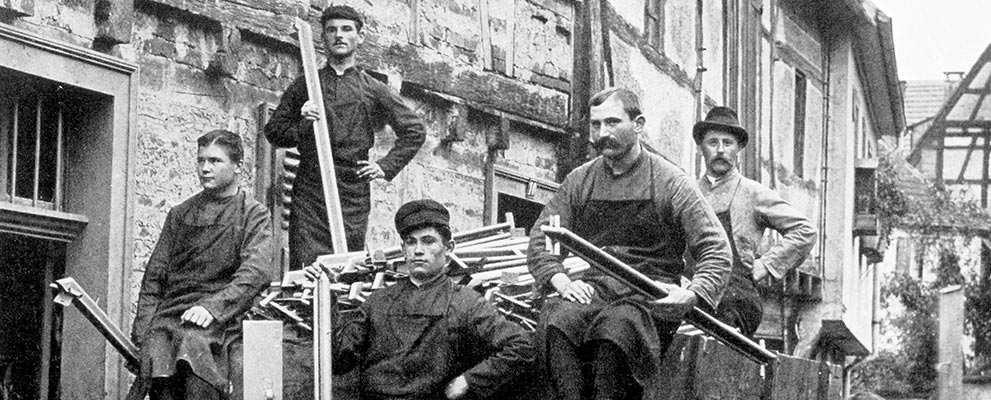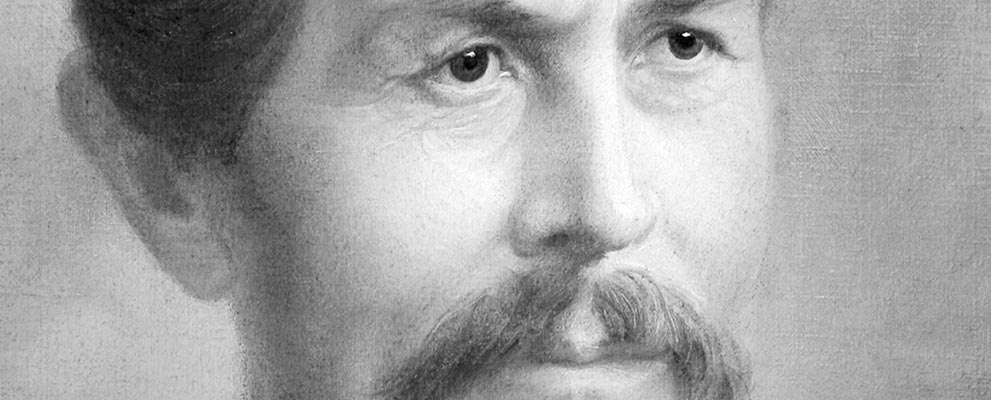Our History
Innovative by Tradition

2023
Purem by Eberspächer opens three new locations in Thailand, Malaysia and China, strengthening its presence with Clean Mobility on the Asian market.
The Group of Companies expands its expertise in fuel cell systems with in-house developed Balance of Plant components.
2021
Eberspächer’s Exhaust Technology Division operates as the “Purem by Eberspaecher” brand and opens a new plant in Mexico.
With the acquisition of Eberspächer Vairex, the Group enters the market of hydrogen technologies.
2020
is marked by the Corona pandemic.
Heinrich Baumann, Managing Partner of the Eberspaecher Group, died completely unexpectedly at the age of 54. A short time later, at the age of 87 Hans Eberspächer, former long-time Managing Partner, followed him.
2018
Eberspächer becomes a full-range supplier for thermal management and takes over the French company Kalori SAS.
2016
A production plant for exhaust aftertreatment systems is being built in Romania. A year later another one will follow in Portugal. With the Canadian company Vecture Eberspächer invests in technologies for battery management systems.
2008
Eberspächer offers development tools for electronic networking with automobile bus systems for the first time.
2004
Heinrich Baumann, another member of the fifth generation, joins Eberspächer. The company positions itself as a 100 percent automotive parts supplier and initiates the separation of the glass construction business.
2002/03
The Research & Development Center in Detroit and the Eberspächer North America catalytic converter plant come on stream.
2001
In the 2000s The global presence is expanded consistently, including India, China, Russia, Korea and Japan.
2000
Martin Peters becomes the fifth generation to join the company. The company turnover climbs to DM 2.5 billion.
1988
Work starts on the construction of the new Research & Development Center in Esslingen.
1980
In the 1980s Eberspächer invests intensively in internationalization: production facilities are established in Sweden, France and Switzerland.
1978
Development of particulate filters for passenger cars begins.
1977
Eberspächer establishes a subsidiary in Great Britain.
1973
Eberspächer establishes Espar Products in Canada as an independent sales company for heaters.
1965
The company celebrates its 100th birthday and sees a turnover of DM 100 million. Hans Eberspächer becomes the fourth generation of the family to join the company.
1954
The one millionth muffler comes off the manufacturing line in Esslingen.
1950
Dr. Richard Eberspächer dies in an accident.
1947
Work begins in Esslingen on turbochargers.
1945
After World War II, Helmut Eberspächer, a cousin of Richard and Walter, joins the company.
1938
Richard's brother Walter joins Eberspächer.
1935
Dr. Richard Eberspächer becomes the third generation to join the company.
1934
Work begins at the headquarters in Esslingen on the new construction of a second factory section; the workforce grows to 700 employees.
1931
Production of mufflers for automobiles begins.
1929
Eberspächer starts work on the glazing of the Milan railway station.
1928
Glass construction subsidiaries open in the Czech Republic, Poland and Italy.
1913
The first international subsidiary is founded in Vienna.
1906
Dr. Paul Eberspächer, the founder's second son, joins the family business.
1899
The company's founder dies. His wife, Friederike takes over the reins.
1894
His son, Adolf Eberspächer becomes the second generation to join the family business.

